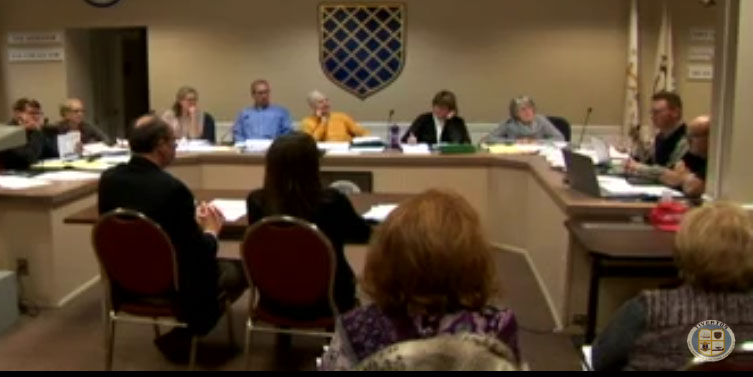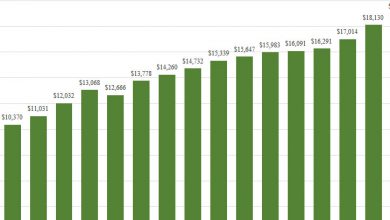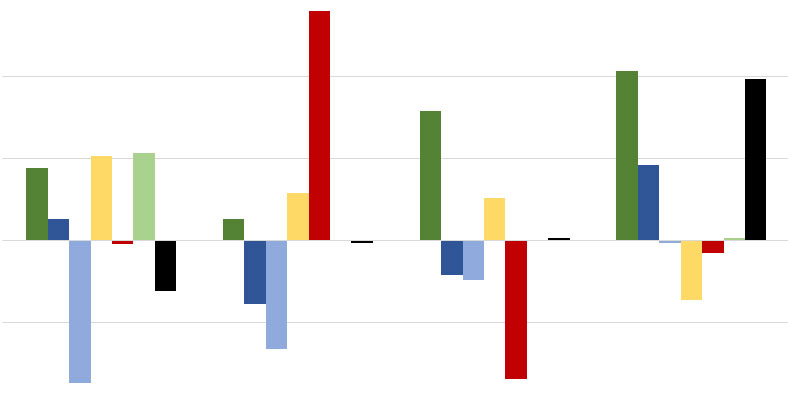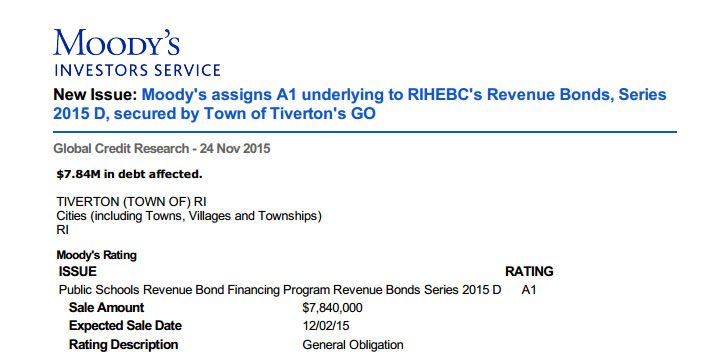Taxpayers as an Excuse for Town to Gamble on Stocks

Question: What happens if Tiverton doesn’t make enough money from its pension fund investments?
Having written a whole lot about government pension funds over the past five to 10 years, including in this space a few weeks ago, by far the biggest frustration, for me and for others who are skeptical of this employee benefit across the country, is the overly optimistic amount of money that governments assume they’ll make on investments. In Tiverton, as in Rhode Island, the number is 7.5%, which is just not plausible.
The intention of funding a defined benefit pension in advance is to make sure that the state, city, or town has covered the cost of each employee while that employee is still working. Theoretically, whenever an employee retires, the government employer will have put aside enough money so that taxpayers don’t have to continue paying for work that was performed in the past. Otherwise, as is happening with Tiverton’s police department, taxpayers wind up paying two or three livelihoods for each worker actually on the force.
Indeed, when I read through all of the Rhode Island municipalities’ experience studies a few years ago, I couldn’t help but feel like the investment advisors weren’t really telling elected officials and pension boards what they should expect to make, but rather giving their blessing to investment assumptions made for political reasons. The reports have multiple variations of the phrase “this is reasonable.” That is, the politicians figured out what the assumed investment rate would have to be in order to avoid taking drastic measures (either increasing taxes or reducing benefits), and then the advisors made up some reason that it would be OK.
I therefore found it edifying, as a member of the Tiverton Budget Committee, to have the opportunity to ask questions of the town’s investment advisors from Washington Trust during a public meeting. Here’s a key exchange from our January 12 meeting (at 1:09:40 of the YouTube video).
Me: Apart from this fund and this committee, if I were to come to you and say, “I have a set amount of money I need to have in 20 years, 30 years,” what discount rate would you advise me to use in calculating my personal finances?
Gene McCabe, Director of Investments for Washington Trust: The conversation doesn’t go that way. It’s more about: so you have a 20 year time frame; can you risk this money? If this money goes away, do you have assets to back you up or not? You know, what’s your risk tolerance?
Me: Zero. If I have to have that money.
GM:Then we’re looking at a mix of assets, not 100% stocks, and that mix of assets will then determine — kind of what we’re doing tonight — what you might try to forecast as a rate of return.
Me: So if a town comes to you and says, “We want to hit this number,” you say, “Well, what’s your risk?,” and that’ll play into seven-and-a-half percent. The fact that the town can then in 20, 30 years increase taxes to make up for the loss, then you have a little higher tolerance for risk, so you can go up to 7.5%, which you may never hit, but in the end of 20, 30 years, you’ve got other assets — taxpayers — you can take money from. Is that part of the conversation?
GM:It is.
So there you go. The key consideration for calibrating the amount of money the town puts into its fund and what it plans to make rolling the dice on the stock market is not what it is realistic to expect the investments to generate, but the extent of its power to take more money away from homeowners and businesses.
A smarter bet would be that we’ll find out in the coming years and decades what happens when that assumption proves as fanciful as the discount rate.



